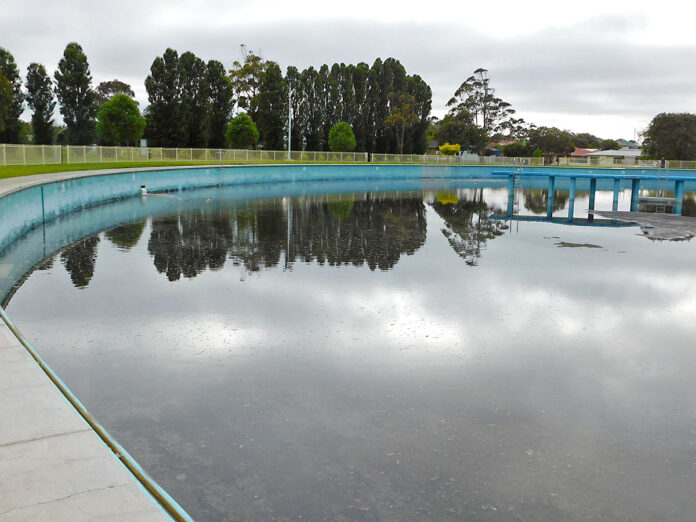When China closed its doors to Australian timber exports, the local timber industry faced challenges and explored diverse markets to secure a positive future.
China lifted the ban on Australian timber exports for the first time in more than two years in May, following a period when China closed its borders to various Australian imports, including timber, wine and lobster.
Trade Minister Don Farrell was recognised by the South Australian timber industry for facilitating early access for Australia, positioning timber as one of the first commodities to resume trade with China after the extended hiatus.
South Australian Forest Products Association chief executive Nathan Paine spoke to The SE Voice about how the Green Triangle timber industry was faring.
“(The ban) was a significant issue for the industry, particularly as there are fibre products that do not have a domestic home here in Australia, notably pulpwood, so with the closure that presented big issues for the industry,” he said.
“I’m really proud of the way the industry adapted and looked for alternate export markets, developed more mature relationships with countries like India as an export destination for this fibre product (pulpwood).
“China reopening does not mean all of a sudden our industry is running through that door, but it does provide a greater diversity of markets.
“While access to export markets is important, the industry has a very strong ambition to achieve 100% fibre utilisation within the region.
“We’re grateful for the government investing $2m for a Forest Products Domestic Manufacturing and Infrastructure Masterplan, which will put the industry on a positive footing to deliver that 100% fibre utilisation.”
Mr Paine said the ban was a valuable lesson for the timber industry as it emphasised the necessity for diversified markets for timber products, steering away from sole reliance on a single country.
“We will continue to develop relationships with importers in India and other countries while of course continuing to engage with exporters in China,” he said.
“We have fibre that we produce through harvesting, whether that’s thinnings or treetops at clearfall, that simply does not have a domestic manufacturing opportunity.
“In the past we would have put it into a pulp mill, we do not have pulp mills anymore; with BORG expanding their facilities it might mean more of that pulpwood can be used domestically, which is exciting.
“For good forest health reasons, we harvest this fibre that does not have a home, we need to have those outlets otherwise we would not be able to continue those operations in the way that we do.
“Without an export market for the fibre, it will create a challenge for the industry to continue to operate.
“We need to have those diversified markets, but while always looking at opportunities to use fibre domestically.”
Mr Paine said Altus was a possibility for pellets and more recently the emergence of Hamr Energy as potential users of wood residues to produce biomethanol to fuel the cargo shipping companies, which will help to decarbonise the freight task.
“That is a very exciting project, it not only leads to better environmental outcomes, but at the same time it means we are using some of those residues domestically rather than exporting overseas,” he said.
“Our ambition has to be how do we use every stick of timber growing here for the best outcome for South Australia and the nation.”
Mr Paine said during COVID the industry experienced an increased demand particularly for structural timber, and the industry was now at the other end of this supply-demand curve.
“We are looking at opportunities such as Timberlink’s CLT and GLT plant, which means the structural framing timber can be used to create beams and CLT panels for multi level buildings,” he said.
“This is a very exciting time for the forest industries, we are thankful for the support of the South Australian Government and we look forward to seeing demand levels return with an uptick in building approvals and demand for fibre products.”




